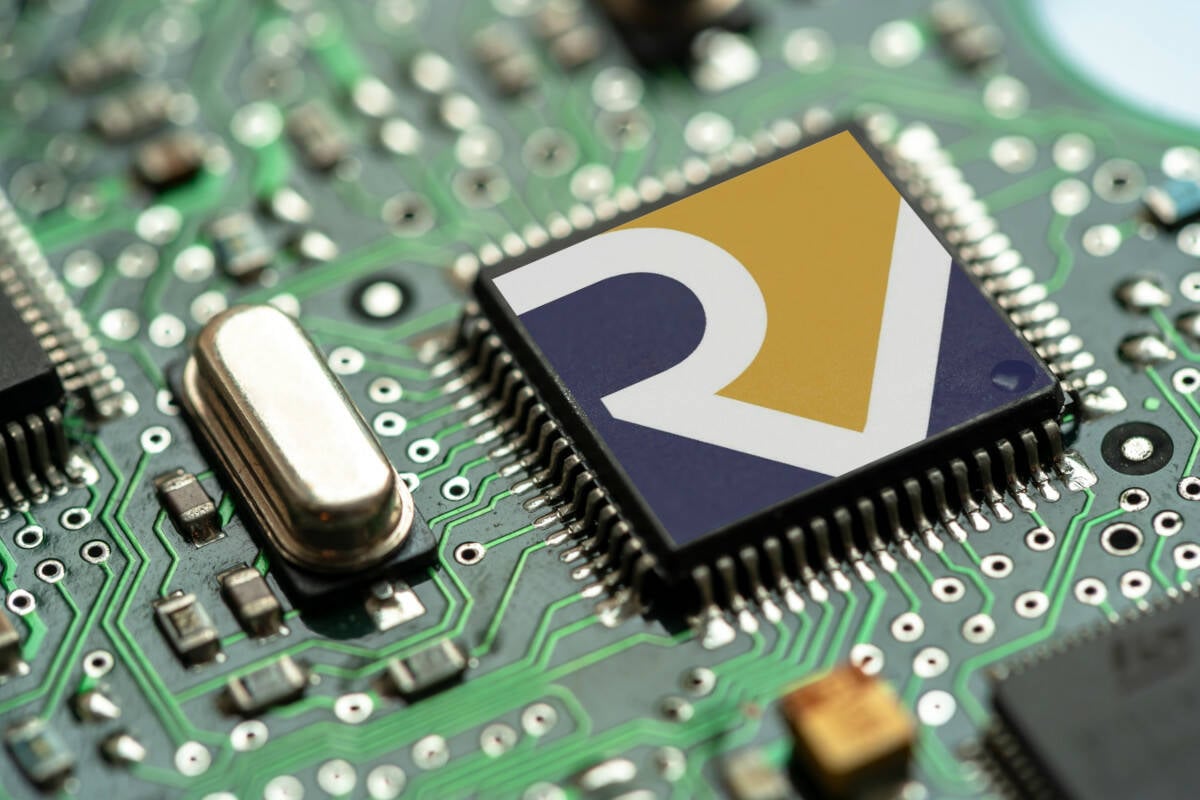
"Zeus takes a different approach to either of the main generations of graphics accelerators that have dominated the PC industry so far. The first very limited accelerators used simple tricks to offload graphics generation from computers' main CPUs, such as a blitter that rapidly copied blocks of bits around, named after the block image transfer operation of the Xerox Alto, and GUI accelerators that performed operations such as drawing lines, arcs, and fonts in hardware."
"This century, those were supplanted by 3D accelerators, which can perform transform and lighting calculations in hardware, rendering texels rather than just pixels - as The Register first mentioned in the context of the Nvidia GeForce 7800 GTX 20 years ago. Once Apple worked out how to use 3D cards to speed up displaying a windowed GUI, which in 2002 it called Quartz Extreme, these 3D GPUs took over everywhere."
"These accelerators are aimed at producing graphics using a specific rendering method called path tracing. As The Reg mentioned a few years ago, path tracing is a step further on from simple ray tracing. A few decades ago, ray tracing was a favorite way to demonstrate high-resolution, multi-color computer graphics, taking hours to days to render scenes of shiny spheres. As Salvemini put it: "The problem with ray tracing is that each light wave only bounces one way. In path tracing, they can bounce a"
Graphics accelerators evolved from simple blitters and GUI accelerators that offloaded basic drawing tasks to modern 3D GPUs that perform transform and lighting calculations and render texels. Apple used 3D GPUs to accelerate windowed GUIs with Quartz Extreme, and 3D GPUs later became dominant and were repurposed for tensor math in large language models. Bolt Graphics' Zeus takes an entirely different hardware approach focused on path tracing rather than conventional rasterization or ray tracing. Path tracing allows light to bounce multiple ways to produce more physically realistic images, trading computation time for visual fidelity.
Read at Theregister
Unable to calculate read time
Collection
[
|
...
]